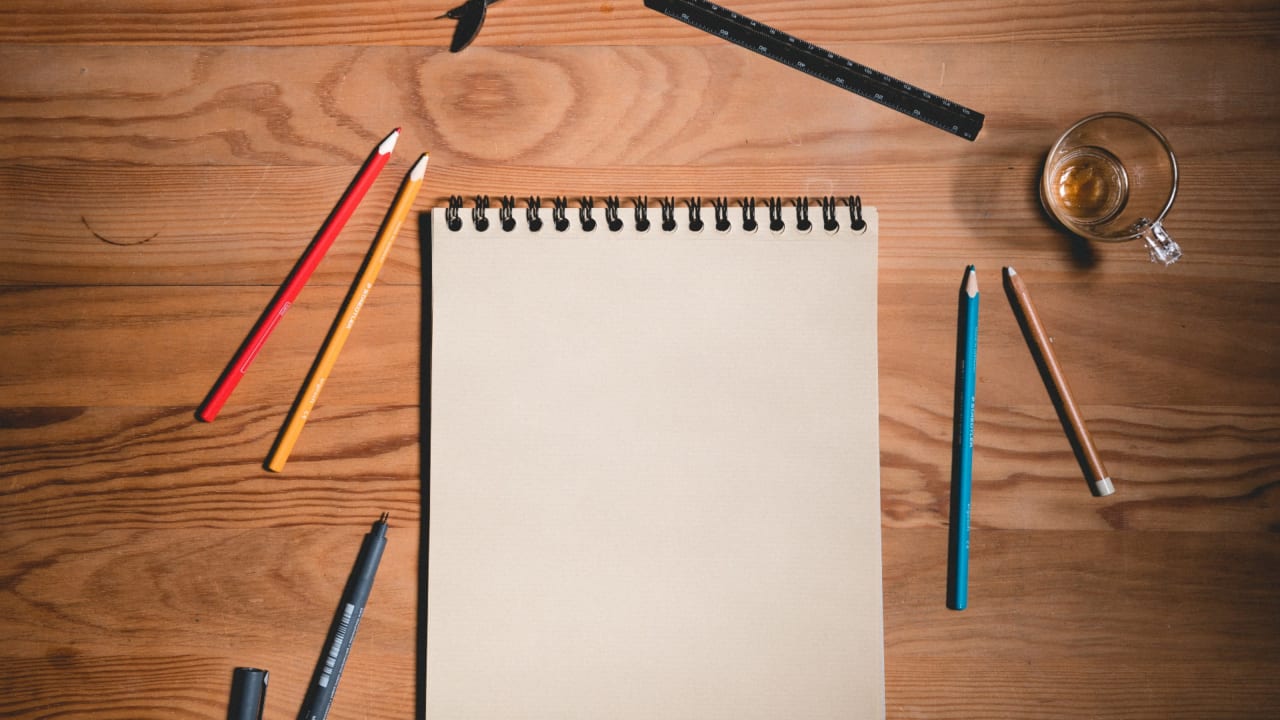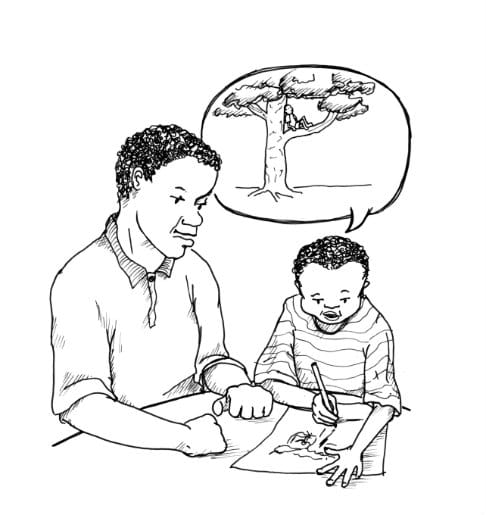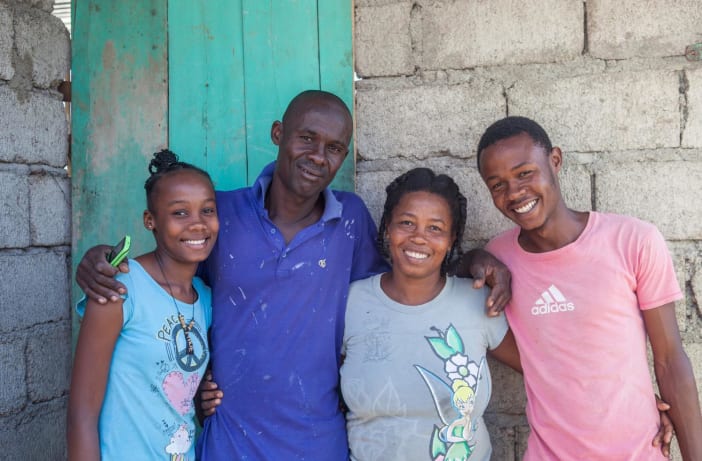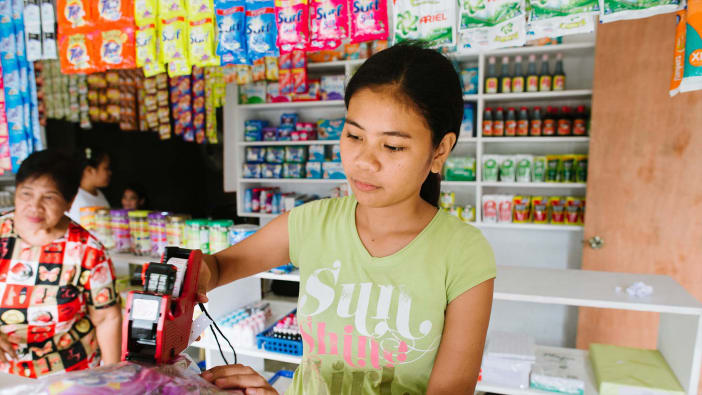Idea 2: That’s me!
This activity can help strengthen a child’s sense of identity and build self-esteem.
Get the child to look in a mirror. While she is still looking, ask the following questions:
- What do you see?
- Who created you?
- How many people in the world look exactly like you? (Point out that God created the child in a unique and special way. Tell her that everything from the hands of God is good and beautiful – including the child.)
- What do you look like? Can you describe yourself?
- What do you like about yourself? What is special?
Then create a piece of artwork with the child on this theme. Here are some ideas, but feel free to think of your own.
- Using non-toxic paint or ink, get the child to make a handprint in the middle of a piece of paper. Alternatively, the child can draw around her hand and colour it in.
- Ask the child to write on or around the handprint, ‘I am unique.’
- Encourage the child to write on every finger of the hand the things she likes about herself.
- Measure the child and write the result on the paper with the date.
- Get the child to glue a strand of her hair to the paper.
This can be part of a set of art activities on themes such as ‘Where I’m from’, ‘Friendships’ and ‘My hopes for the future’. Children can collect these into a folder and decorate the cover.
Idea 3: Changing the memory
This activity can help children to deal with frightening things that have happened in their life.
Simply allowing children to draw or paint whatever they choose, and showing interest in what they create, will help them express their thoughts and feelings. Ask questions such as, ‘Tell me about your picture’, ‘Who is in it?’ and ‘What are they doing?’ If this reveals the child is feeling afraid, you can use the following activity.
Tell the child a story about people or animals who were very afraid of something. In the midst of this situation, something happened that brought them out of danger. Perhaps another person or animal came along and so their fear disappeared. (An example from the Bible is the story of Jesus calming the storm when the disciples were afraid.)
Go back to the picture the child drew of the situation where he felt afraid. Ask him what helped him in this situation and how his fear left. If the child cannot think of anything that helped, encourage him to imagine something by asking, ‘What would have helped you?’ Ask the child to draw this person or thing that helped onto the picture, so that it changes the memory.
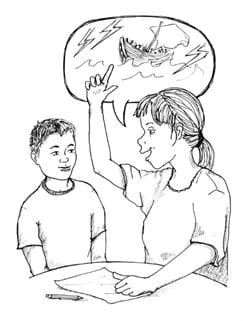
Illustrations: Amy Levene/Wingfinger


